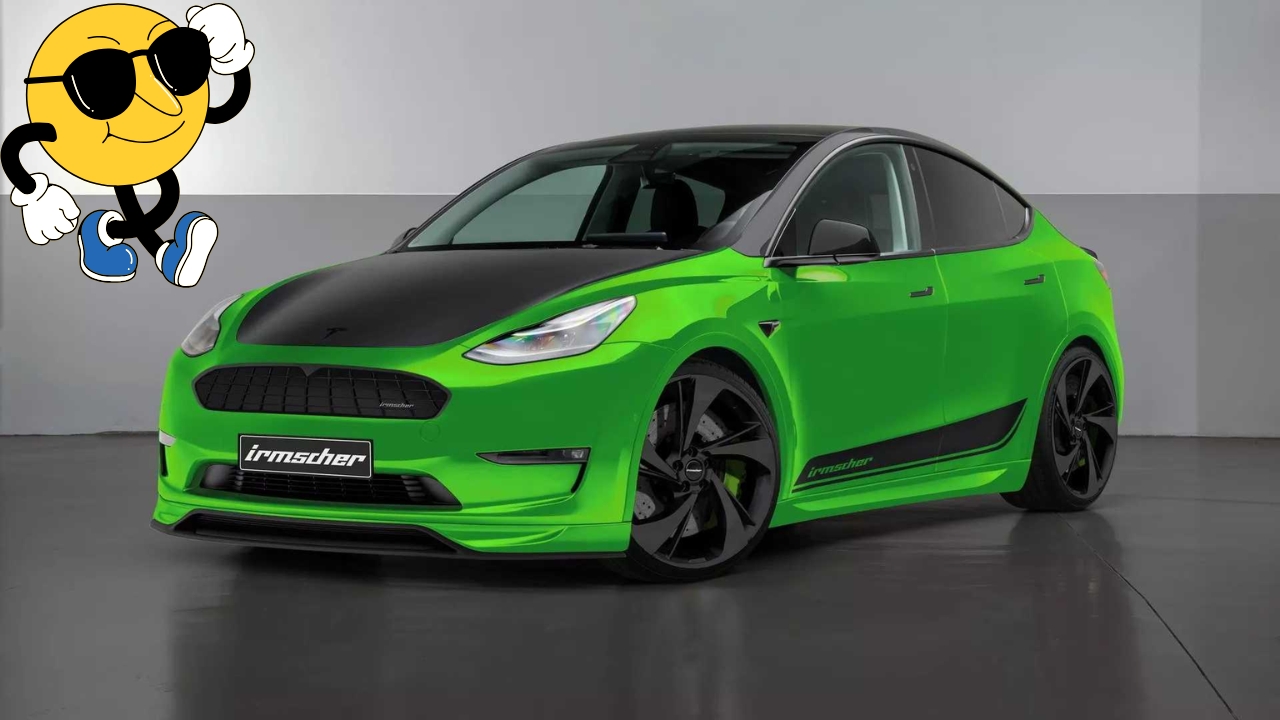Tesla has made automotive history by completing the world’s first fully autonomous vehicle delivery from factory to customer, with a Tesla Model Y successfully driving itself from Tesla’s Gigafactory Texas to a customer’s home in Austin on June 27, 2025—one day ahead of the originally scheduled June 28th delivery date.
The groundbreaking 30-minute journey covered approximately 15 miles across Austin, including highway driving at speeds up to 72 mph, with no human occupants or remote operators controlling the vehicle at any point during the trip. This achievement represents a significant leap forward in autonomous driving systems technology and establishes a new benchmark for the automotive industry.
Technical Achievement and Safety Standards
Tesla CEO Elon Musk confirmed on X that “there were no people in the car at all and no remote operators in control at any point. FULLY autonomous!” This distinction sets the delivery apart from Tesla’s current Robotaxi service, which still employs safety monitors in passenger seats.
The successful autonomous delivery demonstrates the maturity of Tesla’s Full Self-Driving (FSD) technology, showcasing Level 4 autonomy capabilities where the vehicle manages all driving tasks under specific conditions without human intervention.
Technical Specifications and Performance Data
| Delivery Metrics | Details |
|---|---|
| Distance Covered | ~15 miles |
| Journey Duration | 30 minutes |
| Maximum Speed | 72 mph |
| Route Type | Mixed (parking lots, city streets, highways) |
| Human Intervention | Zero |
| Remote Operation | None |
| Safety Incidents | Zero reported |
Regulatory Landscape and Compliance
The achievement comes amid evolving federal regulations for autonomous vehicles. The National Highway Traffic Safety Administration (NHTSA) recently proposed the ADS-equipped Vehicle Safety, Transparency, and Evaluation Program (AV STEP) in January 2025, establishing a new framework for reviewing and overseeing vehicles equipped with automated driving systems.
NHTSA has also announced streamlined regulatory exemption processes for autonomous vehicle companies, moving toward a single national standard that prioritizes both innovation and safety. These regulatory developments support Tesla’s autonomous delivery capabilities while maintaining strict safety standards.
Industry Impact and Future Implications
Economic and Operational Benefits
The autonomous delivery system offers several advantages for both manufacturers and consumers:
- Reduced logistics costs: Eliminates need for human delivery drivers
- Enhanced efficiency: Direct factory-to-customer delivery without intermediary transport
- Scalability potential: Could revolutionize vehicle distribution networks
- Environmental benefits: Optimized routing and reduced redundant trips
Market Response and Competition
This milestone may accelerate adoption of self-driving technology across the automotive industry, encouraging other manufacturers to invest in similar autonomous systems. The achievement positions Tesla as a leader in practical autonomous vehicle applications beyond ride-sharing services.
Challenges and Future Considerations
Despite this success, several challenges remain for widespread autonomous delivery implementation:
Regulatory Coordination: Current federal regulations require adaptation to address unique challenges autonomous vehicles face, with senators calling for more comprehensive oversight of automated driving systems.
Weather and Environmental Conditions: The demonstration occurred under optimal sunny conditions, raising questions about performance in adverse weather.
Scalability: While successful for local deliveries, expanding the service radius and operational conditions requires additional validation.
Frequently Asked Questions
Q: Was there any human supervision during the delivery?
A: No, Tesla confirmed zero human occupants and no remote operators controlled the vehicle throughout the entire journey.
Q: How fast did the autonomous Model Y travel?
A: The vehicle reached maximum highway speeds of 72 mph during portions of the 15-mile route.
Q: When will autonomous deliveries become widely available?
A: Tesla hasn’t announced broader rollout plans, but this demonstration suggests the technology is ready for expanded testing and deployment.
Also Read:-2025 Kia EV6 Revealed See the Stunning New EV Design in Pictures
